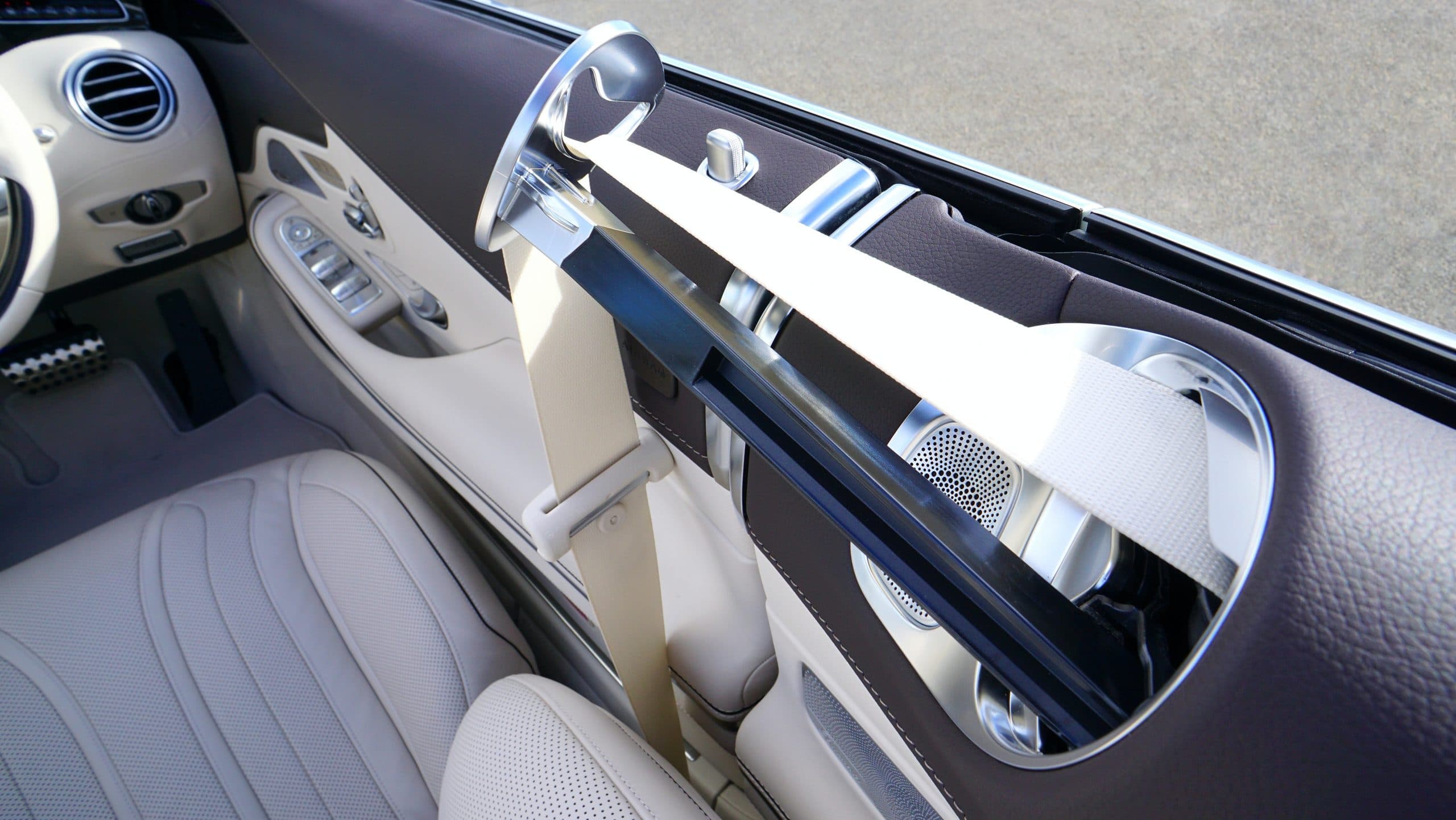Wearing seatbelts is something that The National Highway Traffic Safety Administration (NHTSA) takes seriously. Their report in 2017 notes the impactful role of seat belts in saving over 14,955 lives from car-related accidents. With much of the United States population wearing it, there’s no reason you shouldn’t wear yours. Unless, of course, you’re dealing with a compromised Supplemental Restraint System (SRS).
What are signs that my seat belt has a defect?
A damaged seat belt can only spell danger to you and your passengers. Since it’s an essential component of your car’s SRS, you’ll be vulnerable to threats while on the road. Even if you follow traffic guidelines and stay mindful while behind the wheel, you’ll still be at risk of severe injuries from car collision crashes. This is why it’s necessary to know if you have to get a replacement for your seat belts.
In this article, we’ll share three potential causes of seat belt failure you should know about.
1. False latching
The first defective red flag you should look for is the effect known as false latching. This is when you connect your seat belt buckle and hear the corresponding click, but you can pull the buckle out with ease. The clicking sound causes a false sense of security that you’re safe from harm. However, you should always be required to click the release button when removing your seat belt. If you don’t have to do this step to remove it, you won’t receive as much protection once your vehicle experiences a strong impact of force. This can cause your body to move unpredictably, not in a secure position firmly in your seat.
2. Broken pretensioners
Your seat belt’s pretensioner keeps the sash from having any excess slack to keep you firmly on your seat. You can manually adjust this according to your preference and comfort. The pretensioner, with the help of the SRS, also automatically detects a high-impact collision and responds to it accordingly. It will retract the seat belt’s webbing instantly once it senses damage as a safety precaution. However, a broken pretensioner cannot adjust your strap’s slack even manually. This leaves you prone to suffering whiplash and even launching or sliding off your seat.
3. Faulty seat belt webbing
Besides broken pretensioners, you will also be vulnerable to crashes if your seat belt’s webbing is cut or ripped. Faulty seat belt webbing can be due to a manufacturing defect or damage over time. Car owners can generally purchase a replacement from third-party providers even after their car warranty expires. Faulty seat belt webbing can prevent your pretensioners from working properly, causing jams or slow retraction. Once your car is involved in a car accident, your seat belts will generally become faulty afterward due to shock absorption. You’ll need to bring your seatbelt’s components to a shop for repairs since you can’t revert it to its normal state.
Conclusion
While you’re double-checking your vehicle for scratch and dents, it’s best to also look at your car’s SRS components. Defective seat belts should be the first thing on your lists when doing a routine check-up. There are worse things you should worry about besides getting a ticket for not wearing your seatbelt. Car accidents can happen at any time during any season, which is why it’s necessary to keep all your SRS components in check at all times.
After experiencing a car accident, it’s crucial to get your SRS components checked to serve you again in the future. At Safety Restore we provide a tailored service for post-accident restorations, ensuring drivers that their car’s SRS components are safe and functional. If your car needs seat belt repair and replacement, contact us today!

